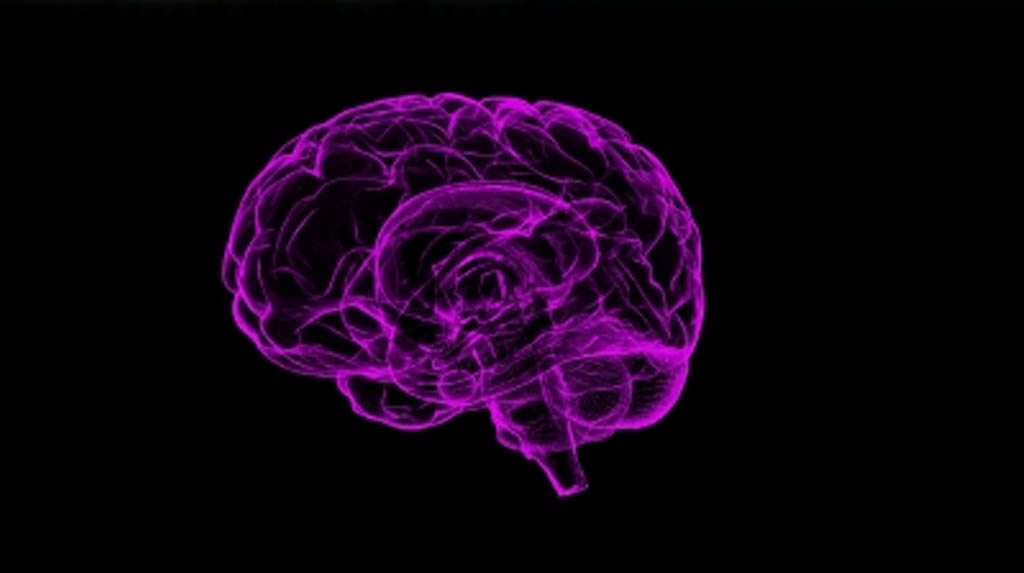London: Researchers have revealed that higher than normal blood pressure (BP) is linked to more extensive brain damage in the elderly, suggesting that it is important to control blood pressure long-term.
The study, published in the journal European Heart Journal, found that there was a strong association between diastolic blood pressure (the blood pressure between heartbeats) before the age of 50 and brain damage in later life, even if the diastolic blood pressure was within what is normally considered to be a healthy range.
The findings come from a study of 37,041 participants enrolled in the UK Biobank, a large group of people recruited from the general population aged between 40 and 69 years, and for whom medical information, including MRI brain scans was available.
The research, carried out by the University of Oxford in the UK, looked for damage in the brain called “white matter hyperintensities” (WMH).
These show up on MRI brain scans as brighter regions and they indicate damage to the small blood vessels in the brain that increases with age and blood pressure.
WMH are associated with an increased risk of stroke, dementia, physical disabilities, depression and a decline in thinking abilities.
“Not all people develop these changes as they age, but they are present in more than 50 per cent of patients over the age of 65 and most people over the age of 80 even without high blood pressure, but it is more likely to develop with higher blood pressure and more likely to become severe,” the study authors wrote.
The researchers adjusted the information to take account of factors such as age, sex, risk factors such as smoking and diabetes, and diastolic as well as systolic blood pressure.
Systolic blood pressure is the maximum blood pressure reached each time the heart beats and is the top number in blood pressure measurements.
“To compare the volume of white matter hyperintensities between people and to adjust the analysis for the fact that people’s brains vary slightly in size, the team divided the volume of WMH by the total volume of white matter in the brain.
In that way, they could analyse the WMH load, which is the proportion of the WMH volume to the total volume of white matter.
The researchers found that a higher load of WMH was strongly associated with current systolic blood pressure, but the strongest association was for past diastolic blood pressure, particularly when under the age of 50.




